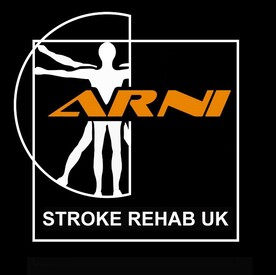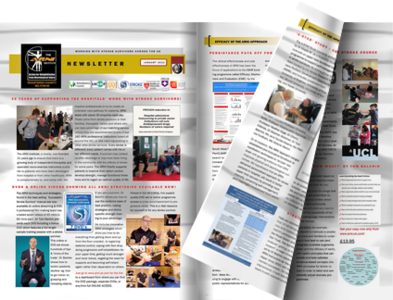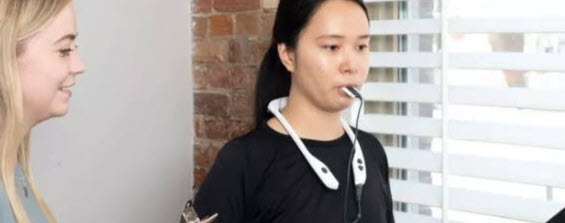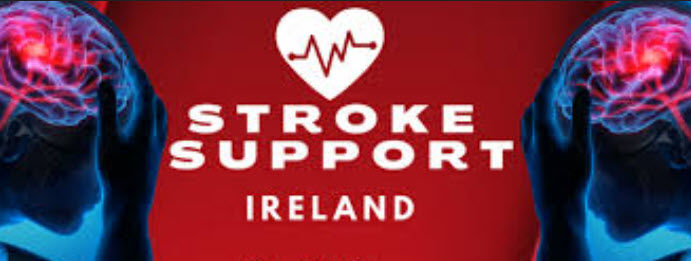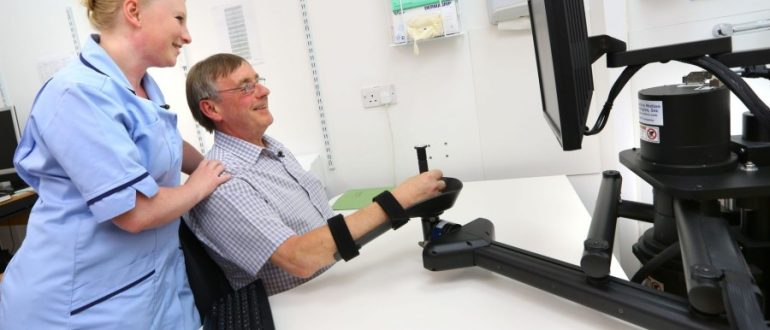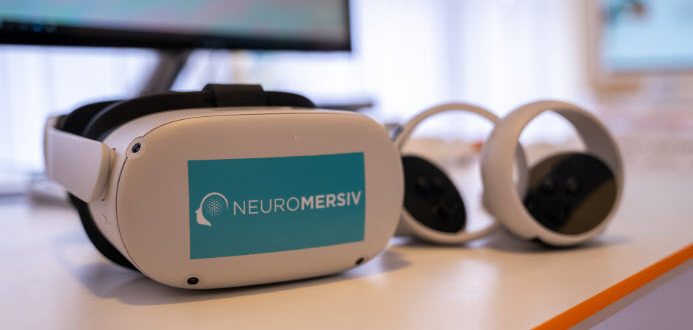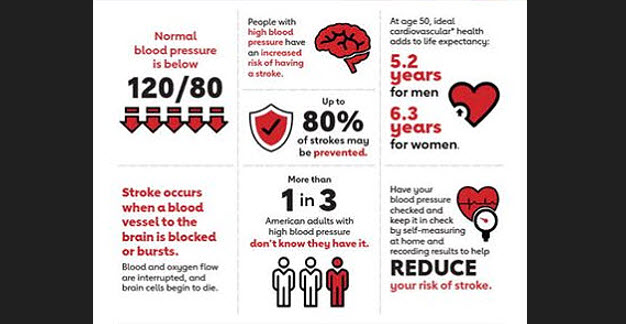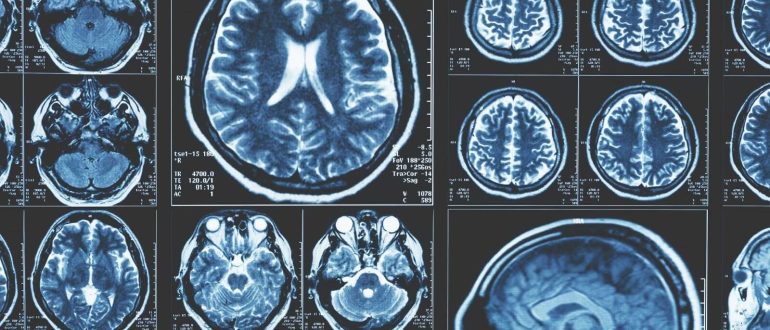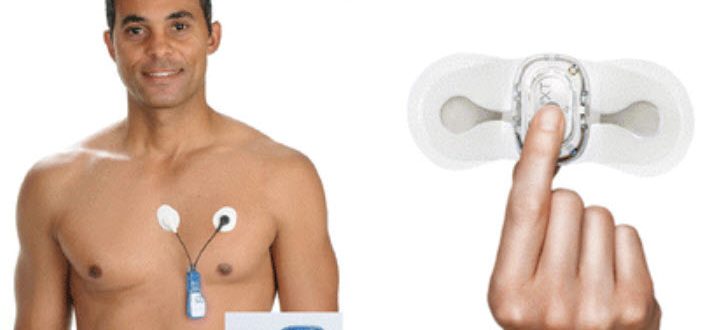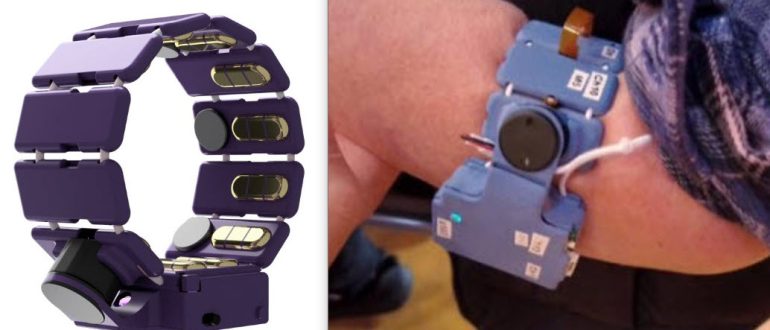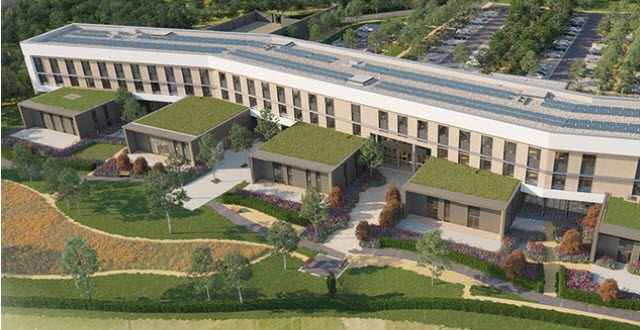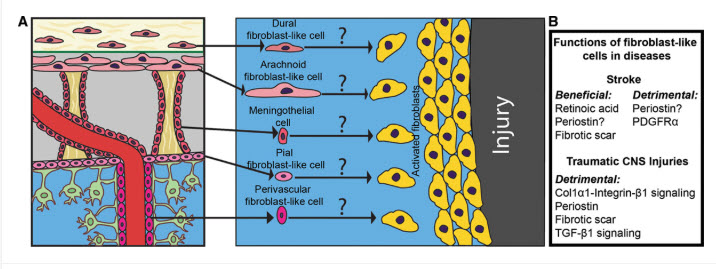The emergence of neuromodulation therapies, which aim to enhance the brain’s intrinsic capacity for recovery (neuroplasticity), offers new avenues for improving outcomes in chronic stroke. One such device is the Portable Neuromodulation Stimulator (PoNS) developed by Helius Medical Technologies. The PoNS device utilises a novel, non-invasive method of translingual neurostimulation (TLNS) to augment the effects of physical rehabilitation.
The PoNS device consists of a handheld controller and a mouthpiece with a matrix of 143 gold-plated electrodes. When placed on the tongue, these electrodes deliver gentle electrical stimulation that activates cranial nerves V (trigeminal) and VII (facial). These nerves possess rich neural connections to the brainstem and cerebellum, key regions for regulating motor control, balance and coordination. The stimulation generates a cascade of neural impulses that travel to these areas, promoting neuroplastic changes within the central nervous system. When coupled with targeted physical therapy, this amplified neural activity is believed to facilitate the formation of new neural pathways, allowing the brain to compensate for damage sustained during a stroke. This process supports the retraining of motor skills and the recovery of lost function.
For stroke survivors, the PoNS device is integrated into a structured, intensive 14-week therapy program that combines both in-clinic and at-home use. Under the guidance of a trained therapist, patients engage in exercises focused on improving gait, balance, motor control and breathing. The PoNS device is typically used during these sessions, with the intensity of the stimulation adjusted by the patient based on their tolerance. Over the course of the therapy, the device helps maximise the neuroplastic benefits of the rehabilitation program. A key aspect is its portability, which allows for consistent, high-frequency rehabilitation outside of a clinical setting, empowering patients to take an active role in their recovery.
Clinical trials have indicated that the combination of PoNS therapy and physical rehabilitation can lead to significant improvements in functional outcomes for stroke survivors, particularly in gait and balance. For instance, a recent study demonstrated clinically meaningful improvements in gait speed and function in chronic stroke patients.
The availability of the PoNS device for stroke survivors varies significantly by region, as its approval is dependent on regulatory bodies.
- UK & Europe: In the UK and throughout the EU, the PoNS device is still considered an ‘investigational medical device’; meaning it is undergoing review by regulatory bodies and is not yet approved for general sale.
- Canada: The PoNS device has been authorised for use in Canada for treating gait and balance deficits associated with stroke, traumatic brain injury (TBI) and multiple sclerosis (MS). Canadian stroke survivors who meet the eligibility criteria can access the device in authorised clinics as part of a supervised rehabilitation program.
- United States: As of late 2025, the PoNS device is not yet approved by the Food and Drug Administration (FDA) for stroke rehabilitation and remains an investigational device for this specific indication. Helius Medical Technologies submitted an application to the FDA in September 2025 for its use in chronic stroke patients, supported by data from its Stroke Registrational Programme. FDA approval for stroke is pending. It is, however, FDA-authorised for gait deficit in MS patients in the U.S.
- Other Regions: The PoNS device has also been approved for limited use in Australia for balance and gait issues related to MS and TBI when used alongside a therapeutic exercise programme.
The PoNS device represents an innovative application of non-invasive neurostimulation to enhance neuroplasticity and improve functional outcomes for stroke survivors. By delivering gentle electrical impulses to the tongue in conjunction with a targeted physical therapy programme, it offers a promising tool for addressing persistent gait and balance impairments. As research continues to build upon the evidence base for TLNS, regulatory approvals and broader accessibility for stroke recovery will be an important area to watch.
